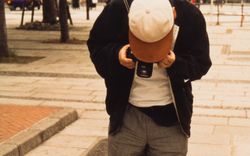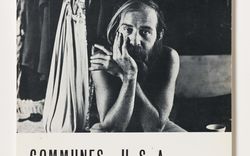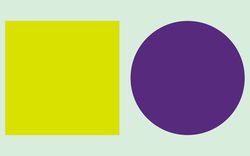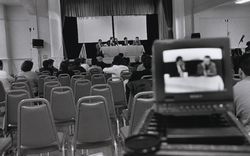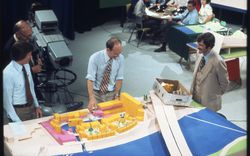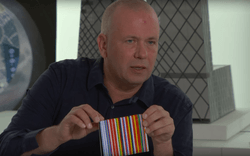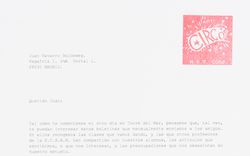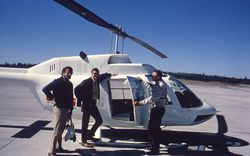Further Reading #4
Selected references from the essays of The Other Architect
- ILAUD
- Mirko Zardini, “Crestomazia decarliana: Decarlian Anthology,” Lotus International 86 (September 1995): 94 – 117.
- AMO
- Rem Koolhaas, “A Brief History of OMA,” in Content (Cologne: Taschen, 2004), 44.
Okwui Enwezor, “Terminal Modernity: Rem Koolhaas’s Discourse on Entropy,” in Véronique Patteeuw ed., Considering Rem Koolhaas and the Office of Metropolitan Architecture: What is OMA (Rotterdam: NAi Publishers, 2003), 119. - IAUS
- Lucia Allais, “The Real and the Theoretical,” Perspecta 42 (2010): 27 – 41.
Michael Sorkin, “Reforming the Institute,” The Village Voice, 30 April 1985, 102, republished in Exquisite Corpse: Writing on Buildings (New York: Verso, 1991), 110 – 113. - ARAU
- Isabelle Doucet, “Counter-projects and the Postmodern User,” in Use Matters: An Alternative History of Architecture, ed. Kenny Cupers (London: Routledge, 2013), 233 – 247.
- TAKE PART
- Alison B. Hirsch, “Facilitation and/or Manipulation? Lawrence Halprin and ‘Taking Part,’” Landscape Journal, January 1, 2012 vol. 31 no. 1-2, 117 – 134.
- DESIGN-A-THON
- “Designing on TV : Charles Moore and Chad Floyd Prove It Can Be Done,” Architectural Record (December 1979): 101.
- FORENSIC
- Thomas Keenan and Eyal Weizman, Mengele’s Skull: The Advent of a Forensic Aesthetics (Berlin: Sternberg Press, 2012), 28.
- POLY ARK
- Cedric Price, “Life-Conditioning,” Architectural Design 36 (October 1966): 483 – 494.
- ART NET
- Henderson Downing, “Between Tradition and Oblivion: Notes on Art Net and the AA Film Archive,” AA Files 55 (Summer 2007): 42.
- GLOBAL TOOLS
- Andrea Branzi “The Abolition of School,” Casabella 373 (January 1973)
- PAV
- Tim Ostler, “Getting It Taped,” Building Design 745 (28 June 1985): 18.
- DELOS
- Ellen Shoshkes, “Martin Meyerson and Jaqueline Tyrwhitt and the Global Exchange of Planning Ideas,” Journal of Planning History 9 (May 2010): 75 – 94.
- ANY
- Hebert Muschamp, “An Idea of Architecture, an Architecture of Ideas,” The New York Times, 18 June 2000.
